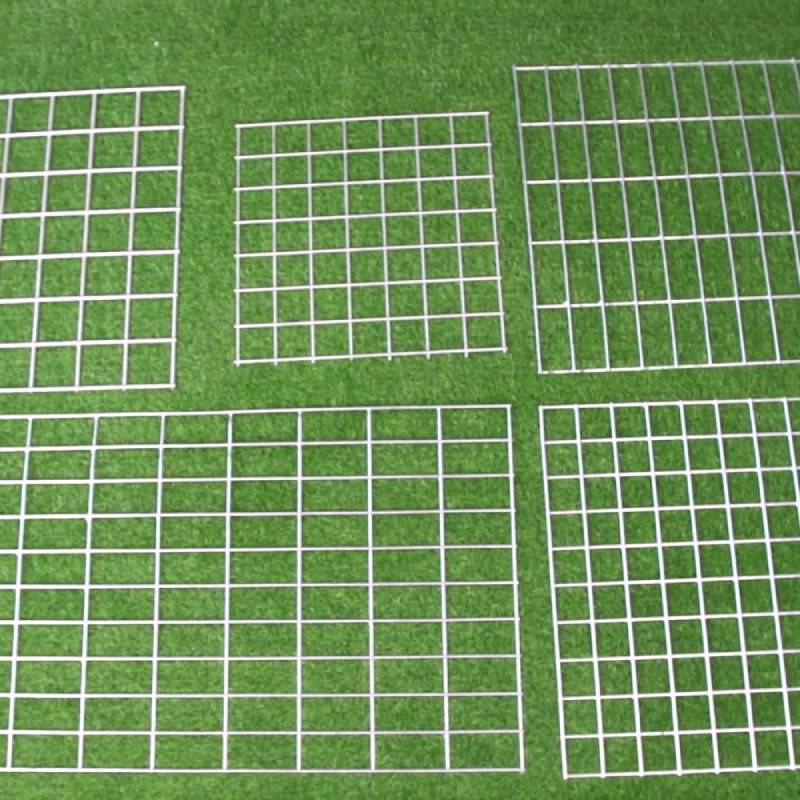nails for cedar fencing
The Importance of Choosing the Right Nails for Cedar Fencing
Cedar fencing is a popular choice for homeowners looking to enhance their outdoor spaces. Renowned for its natural beauty, durability, and resistance to decay, cedar offers an excellent material for fencing. However, to ensure that a cedar fence stands the test of time, selecting the right nails is crucial. In this article, we will explore the importance of using suitable nails for cedar fencing, the types of nails best suited for this purpose, and tips for installation.
Why the Right Nails Matter
Using the right nails for cedar fencing is essential for both durability and aesthetics. Cedar wood contains natural oils that help it resist decay, but the wrong type of nail can compromise its integrity. For example, regular steel nails may rust over time when exposed to moisture, leading to unsightly stains on the wood and weakened joints. Additionally, the expansion and contraction of cedar in varying weather conditions can lead to nail fatigue if the nails are not properly chosen.
Types of Nails Suitable for Cedar Fencing
1. Galvanized Nails Galvanized nails are coated with zinc, making them resistant to rust and corrosion. This is particularly important for cedar fencing, which is often exposed to the elements. Using galvanized nails ensures a longer lifespan for the structure, as they will not degrade as quickly as non-galvanized options.
2. Stainless Steel Nails For those seeking the highest durability, stainless steel nails are an excellent choice. They offer exceptional resistance to corrosion and are ideal for coastal areas where salt exposure can accelerate rusting in regular nails. While they may be more expensive than galvanized options, the long-term benefits often outweigh the initial cost.
3. Cedar Wood Screws Some builders prefer using screws over nails for cedar fencing. Screws provide stronger holding power and are less likely to loosen over time. When using screws, it’s advisable to choose those made from stainless steel or coated for weather resistance.
nails for cedar fencing

Tips for Installing Cedar Fencing with Nails
1. Pre-drilling When working with cedar, it’s a good practice to pre-drill holes for nails, especially in thicker pieces of wood. This helps prevent the wood from splitting and allows for a better fit.
2. Using the Right Size Ensure that the nails you choose are appropriate for the thickness of the cedar boards. Generally, 2.5 to 3-inch nails are suitable for securing fence boards to the rails.
3. Nail Placement Proper nail placement enhances the strength of the fence. Clinching the nails (bending the tips of the nails at a right angle after driving them into the wood) can also increase holding power.
4. Leave Space for Expansion Cedar expands and contracts with changes in humidity and temperature. Allow a slight gap between the boards to accommodate this movement, preventing warping or buckling.
Conclusion
Cedar fencing is a beautiful and functional addition to any property, but its longevity is significantly influenced by the nails used during installation. By opting for galvanized or stainless steel nails and following best practices for installation, homeowners can ensure that their cedar fence remains strong and aesthetically pleasing for years to come. Making informed choices about materials not only enhances the look of the fence but also protects the investment in the property.
-
Innovations in Razor Barbed Wire Design TechnologyNewsAug.11,2025
-
Roofing Nail Compatibility with Different Metal Roof TypesNewsAug.11,2025
-
Welded Wire Mesh for Rockfall Protection BarriersNewsAug.11,2025
-
Galvanized Wire Corrosion Resistance TestingNewsAug.11,2025
-
3D Fence Solutions Preventing Bird CollisionsNewsAug.11,2025
-
Using Chain Link Fence for Urban Garden SupportNewsAug.11,2025




